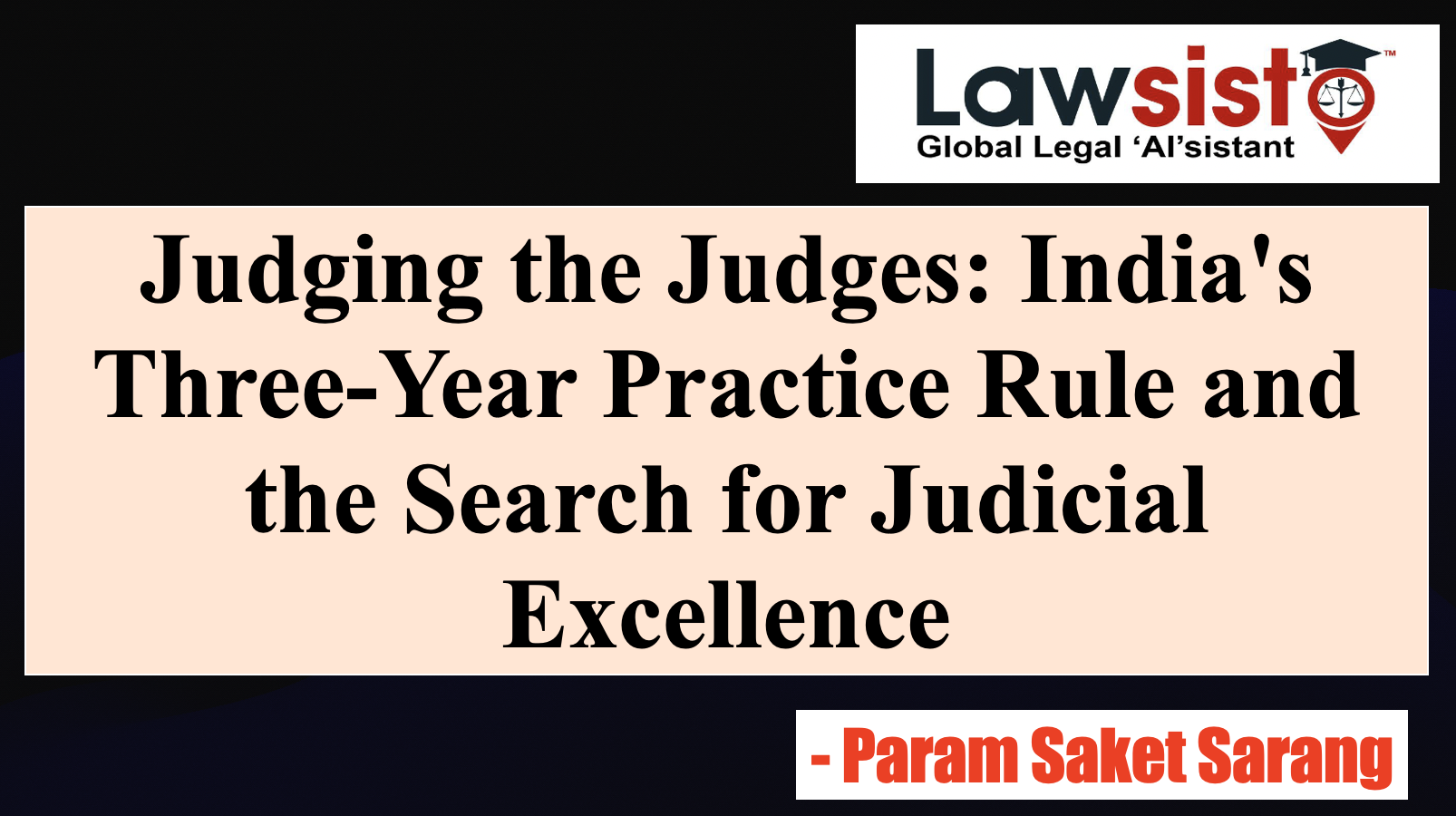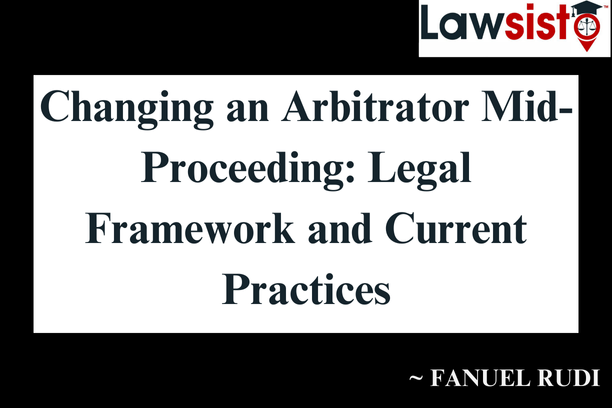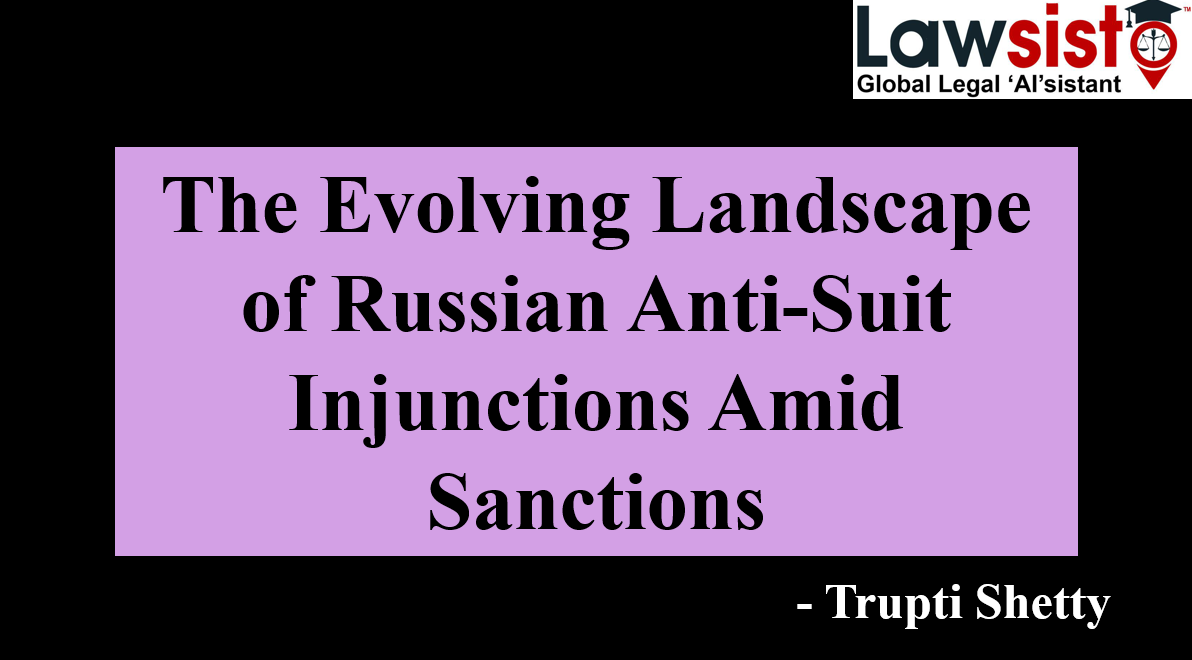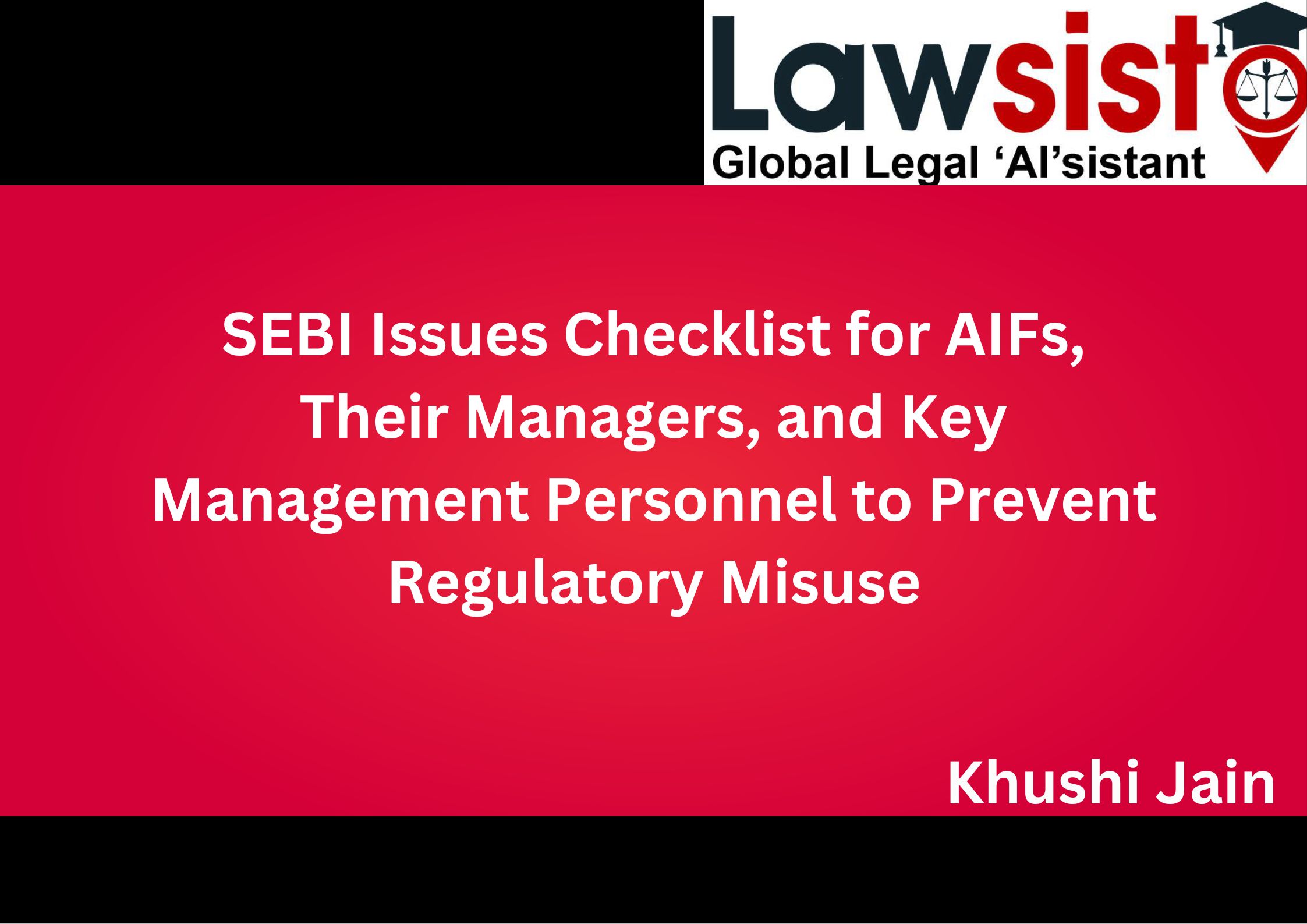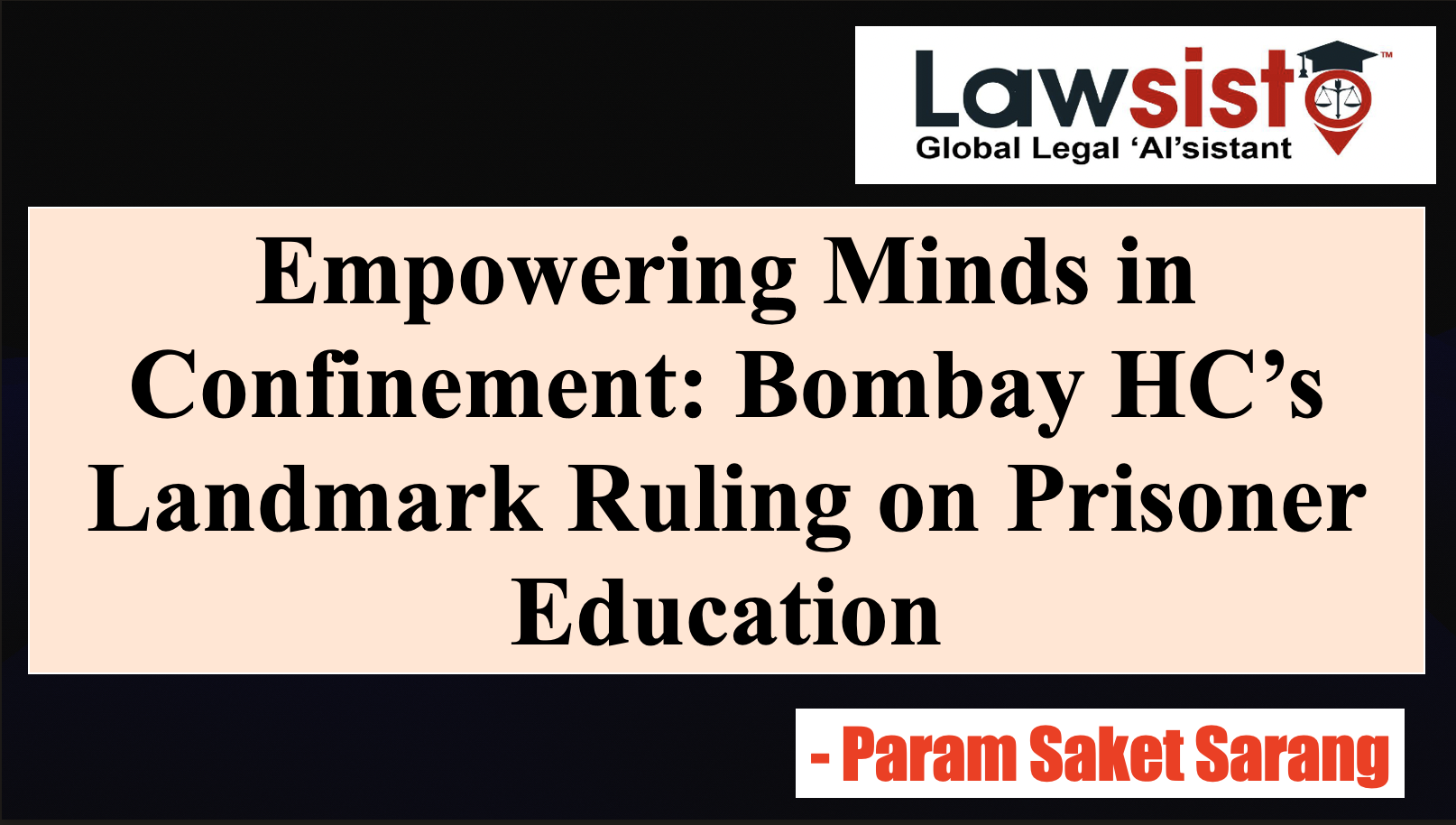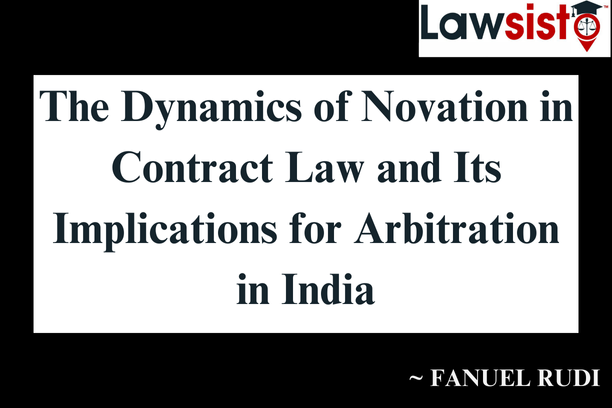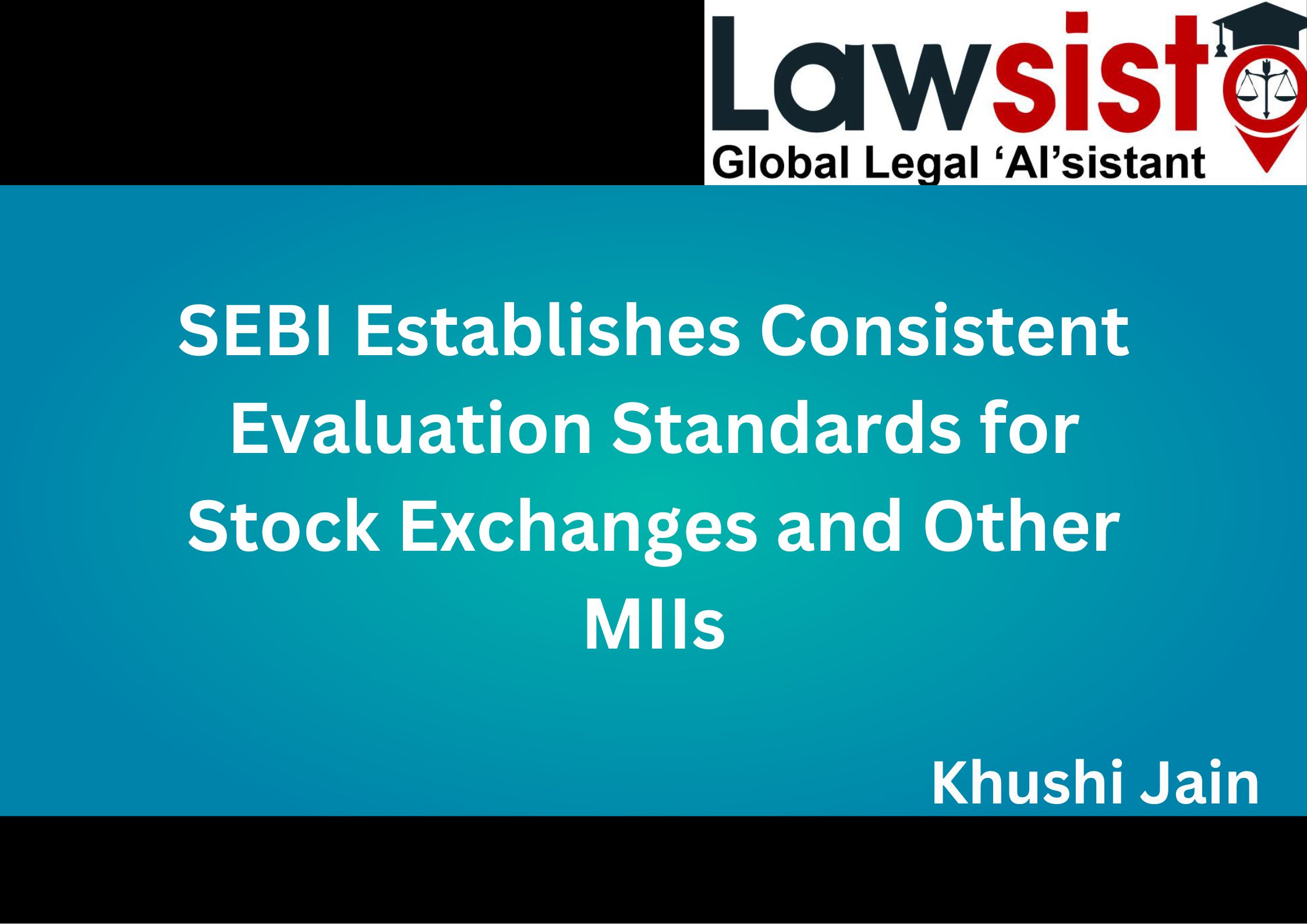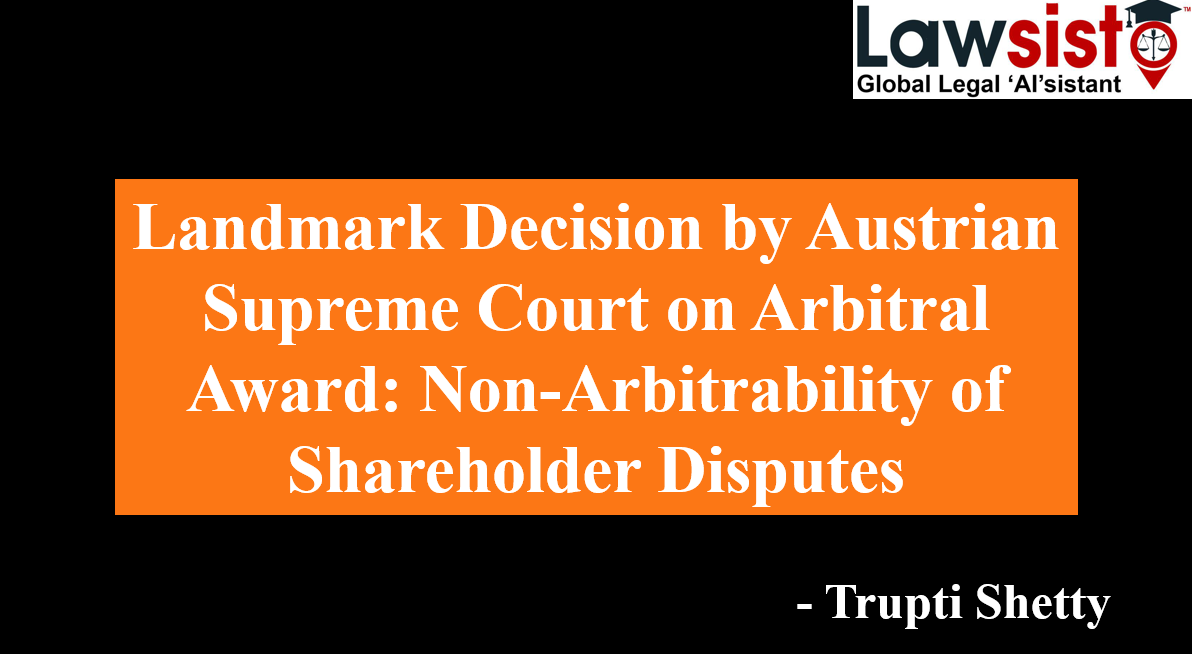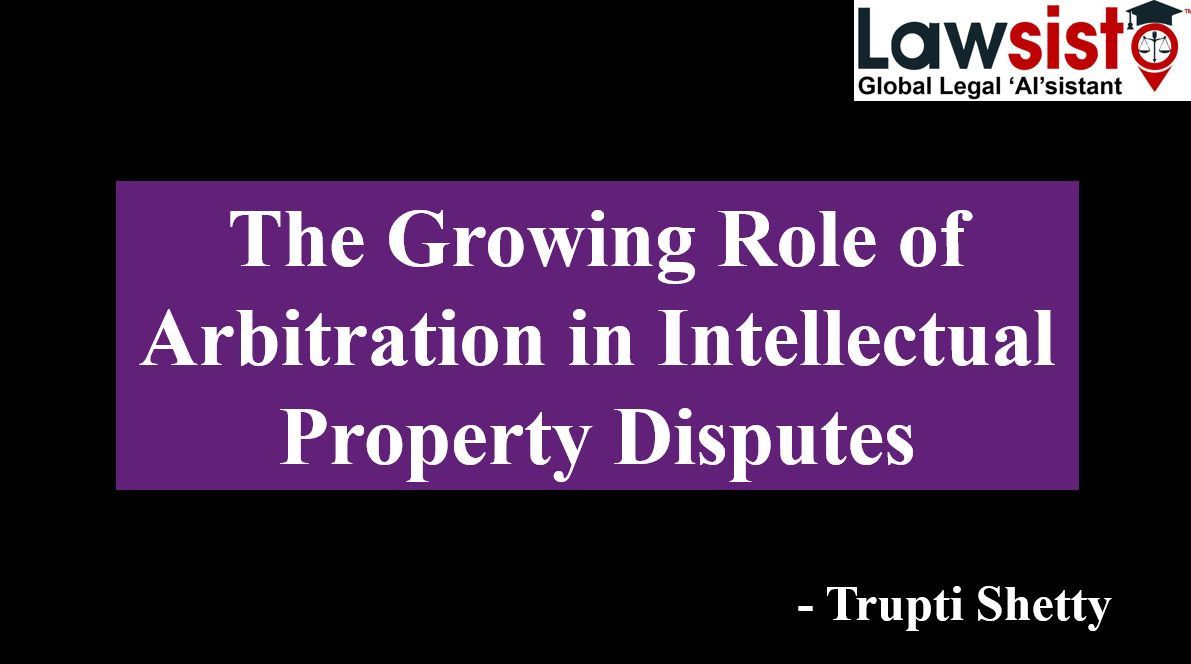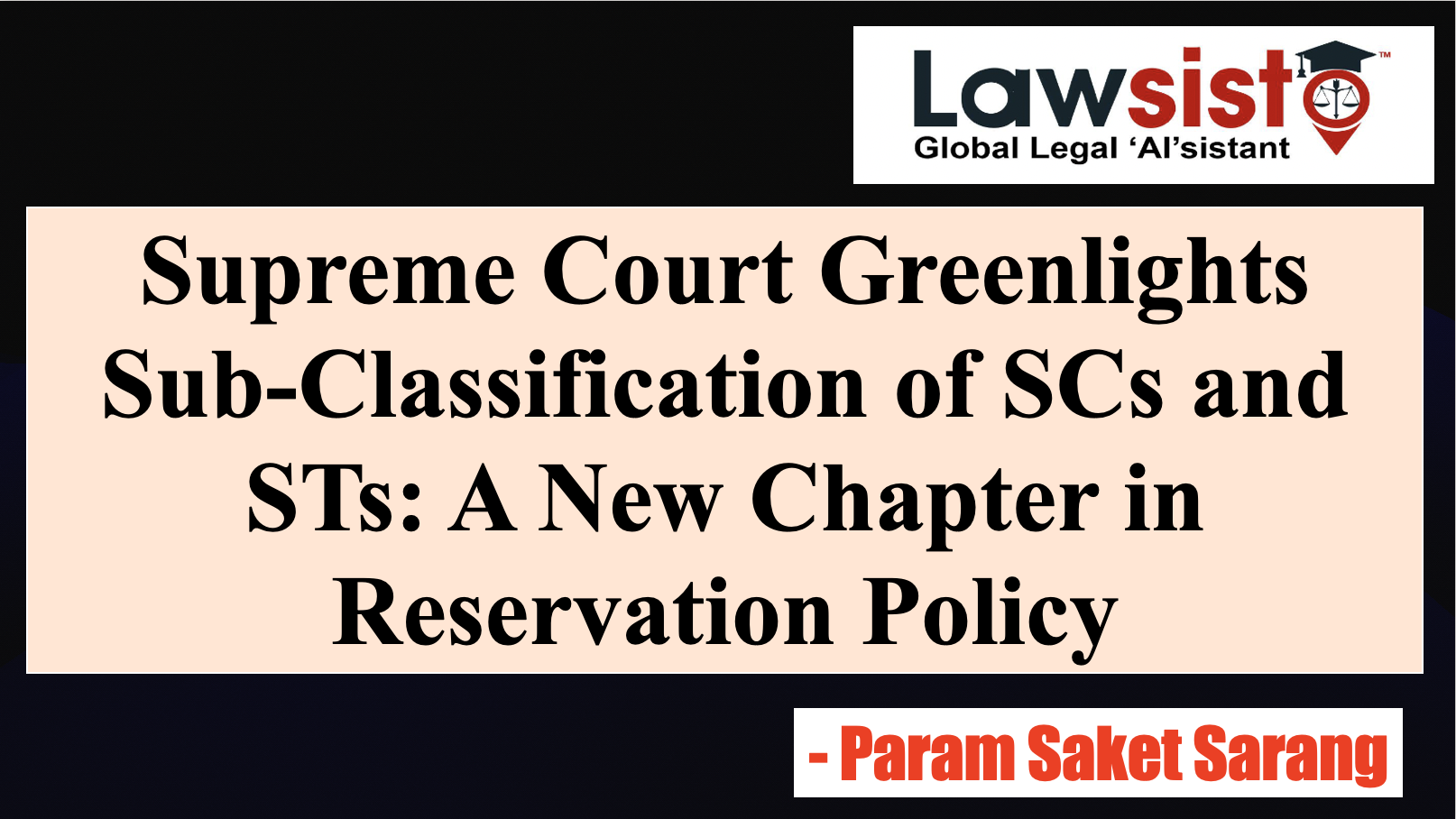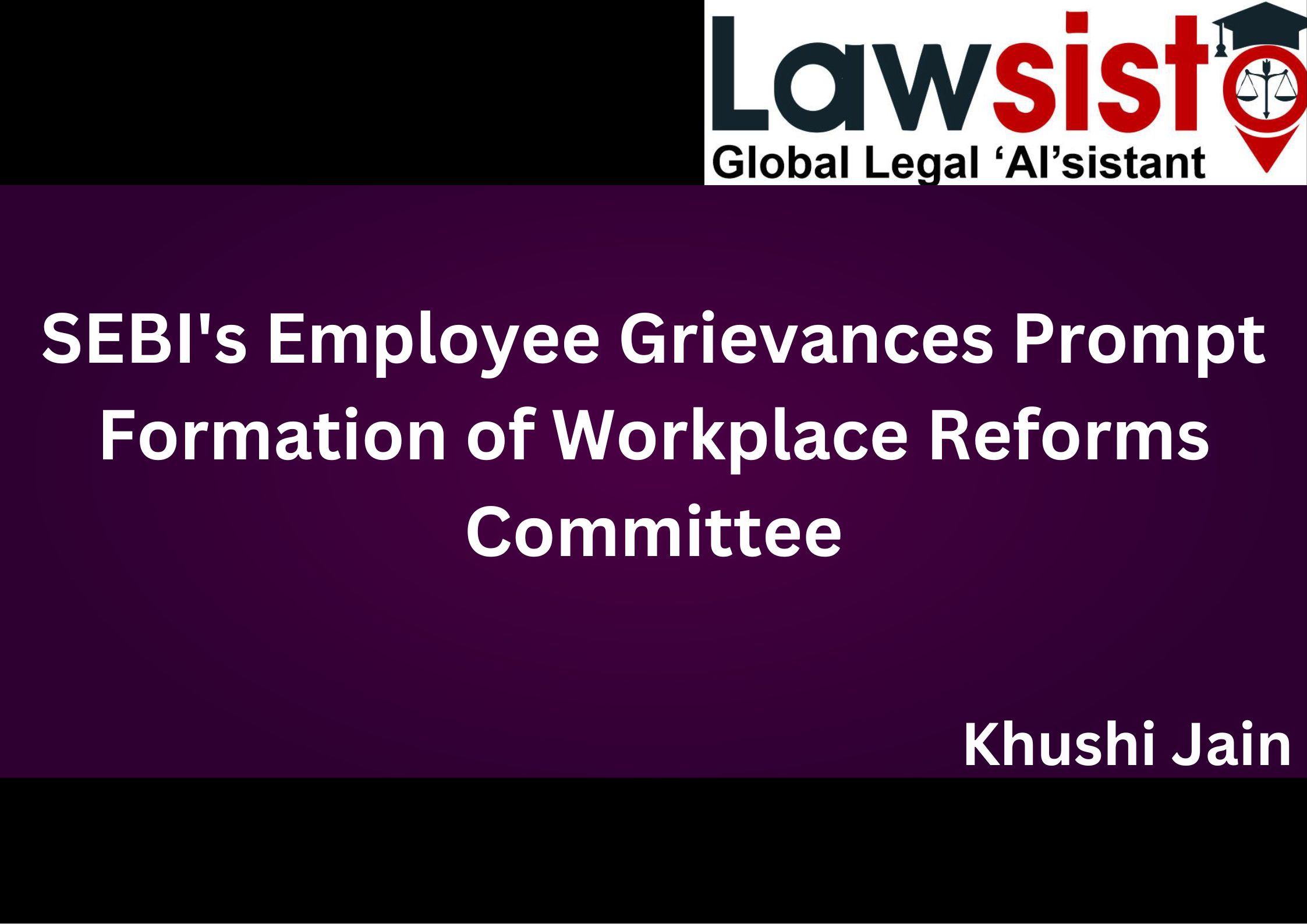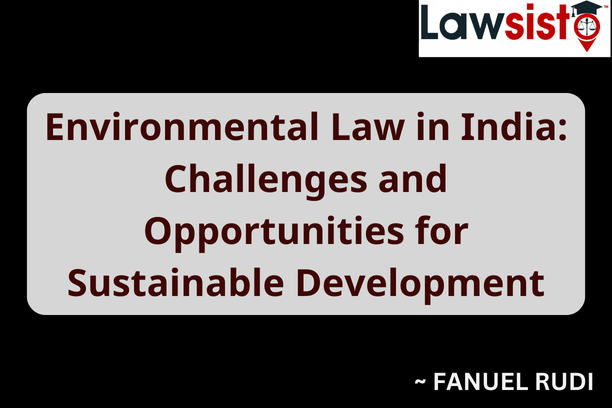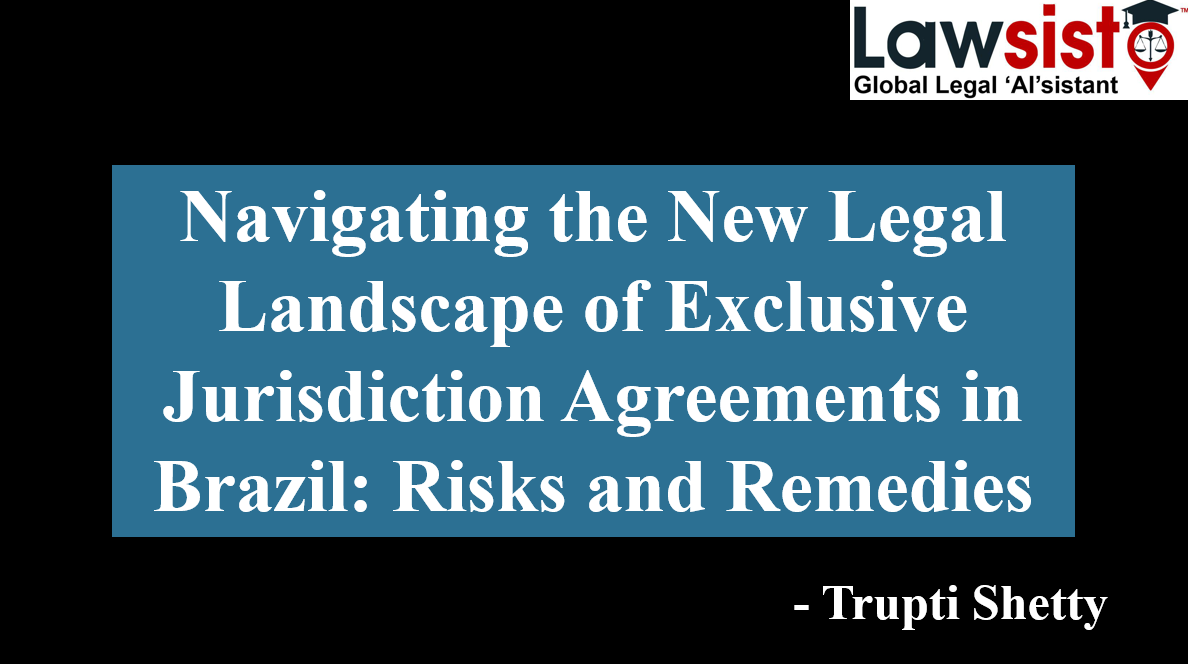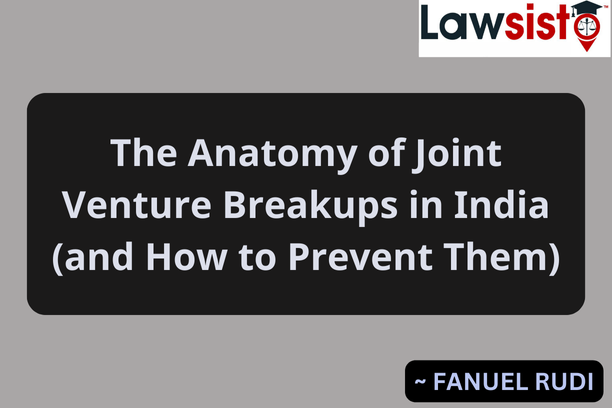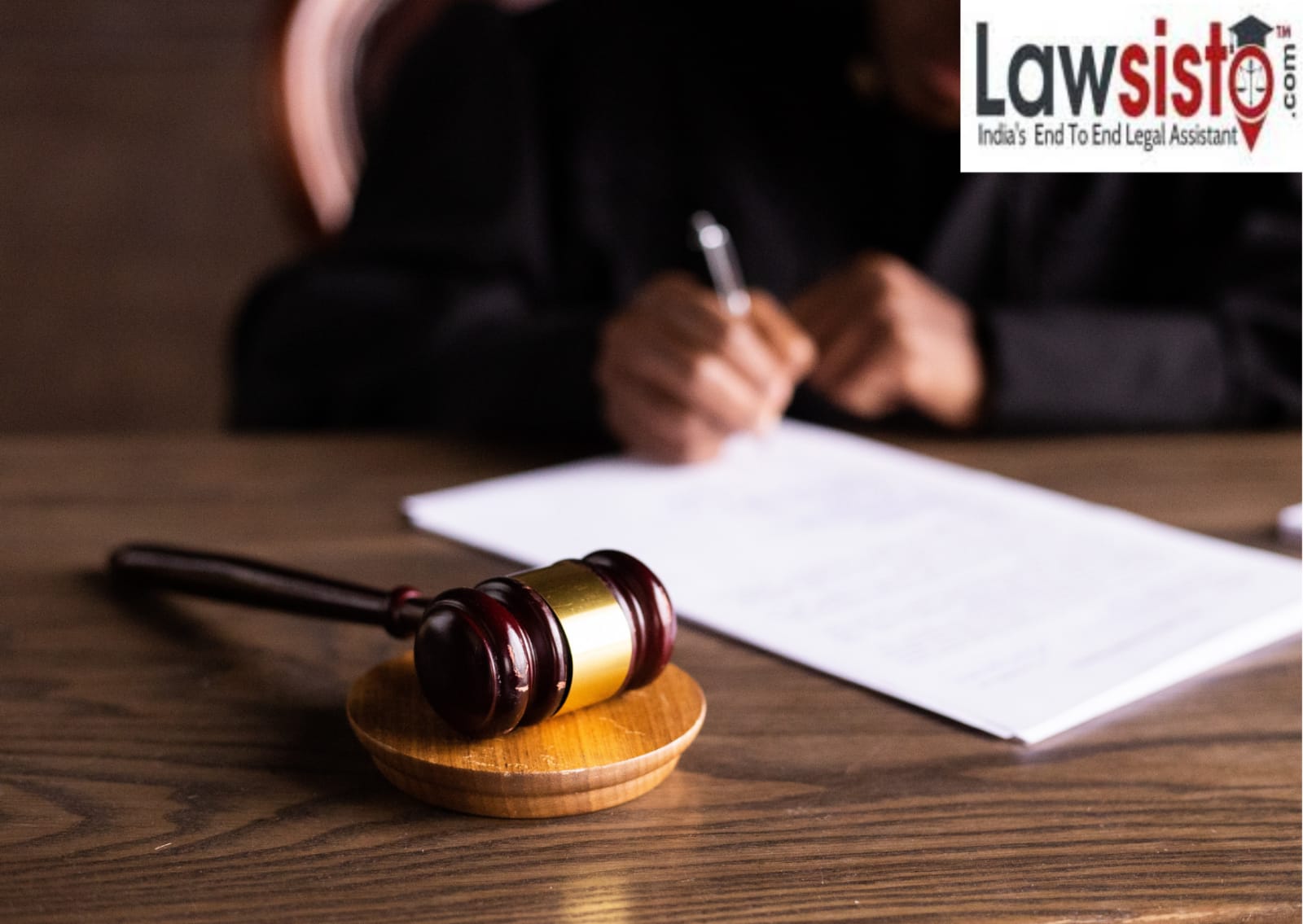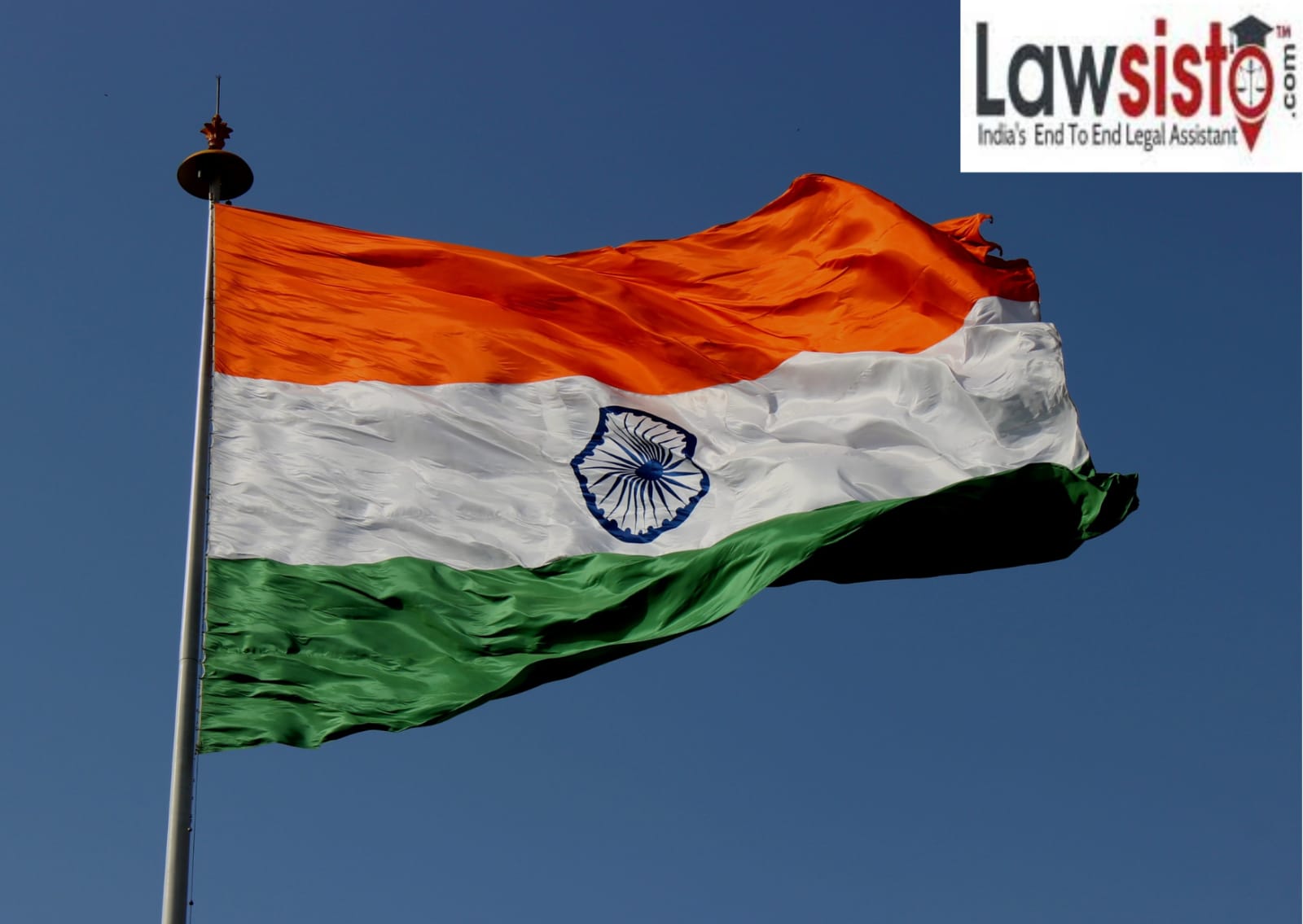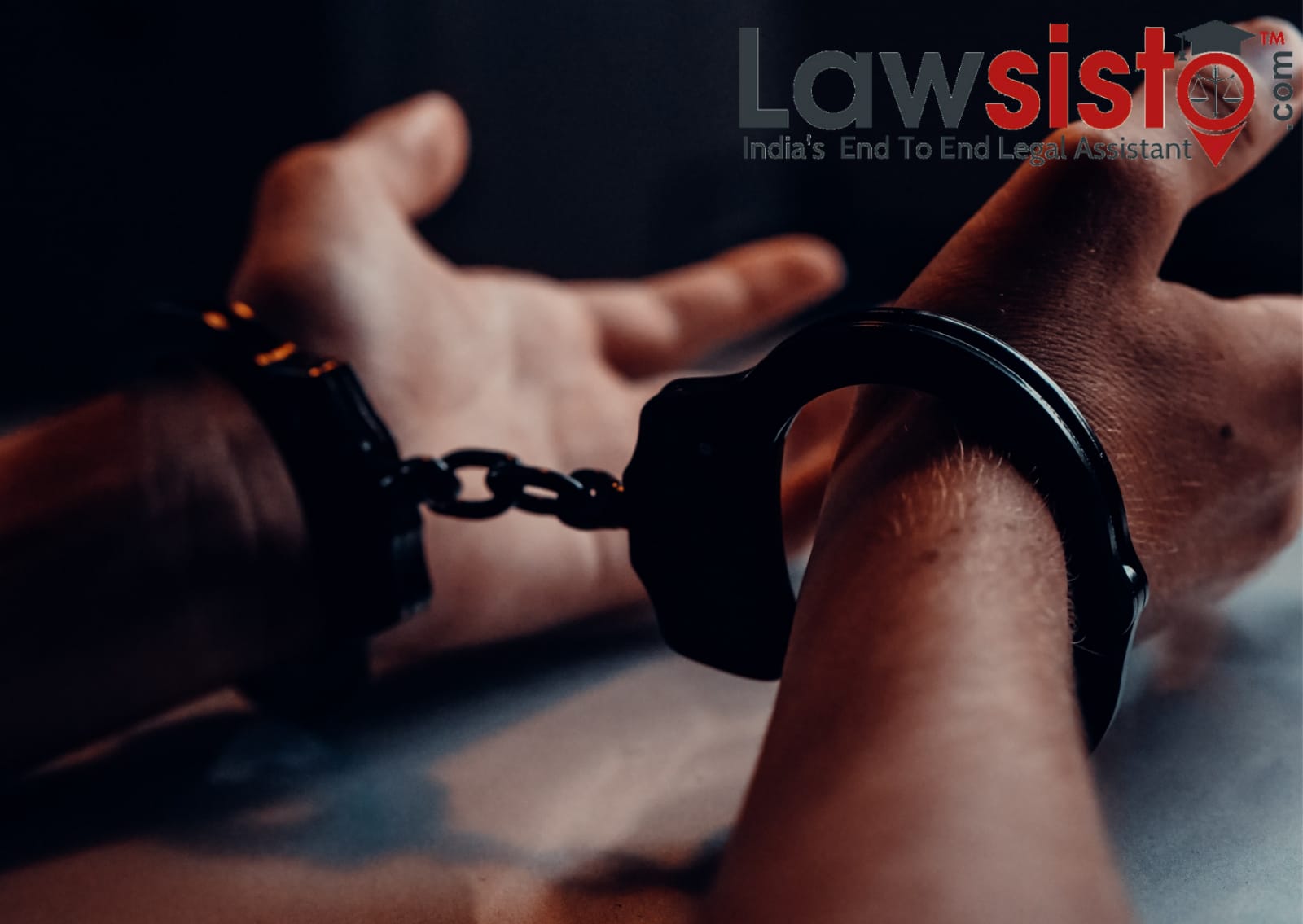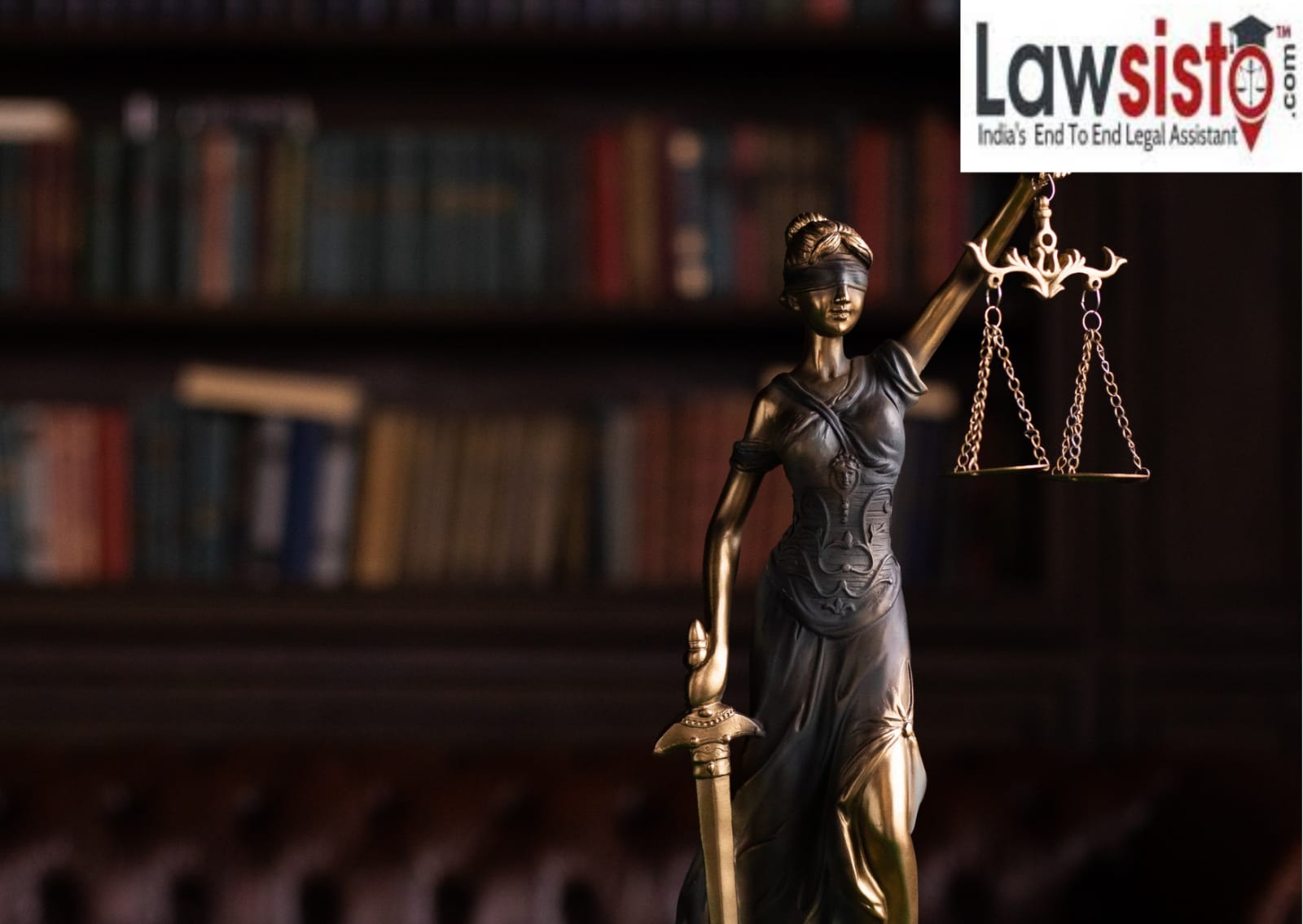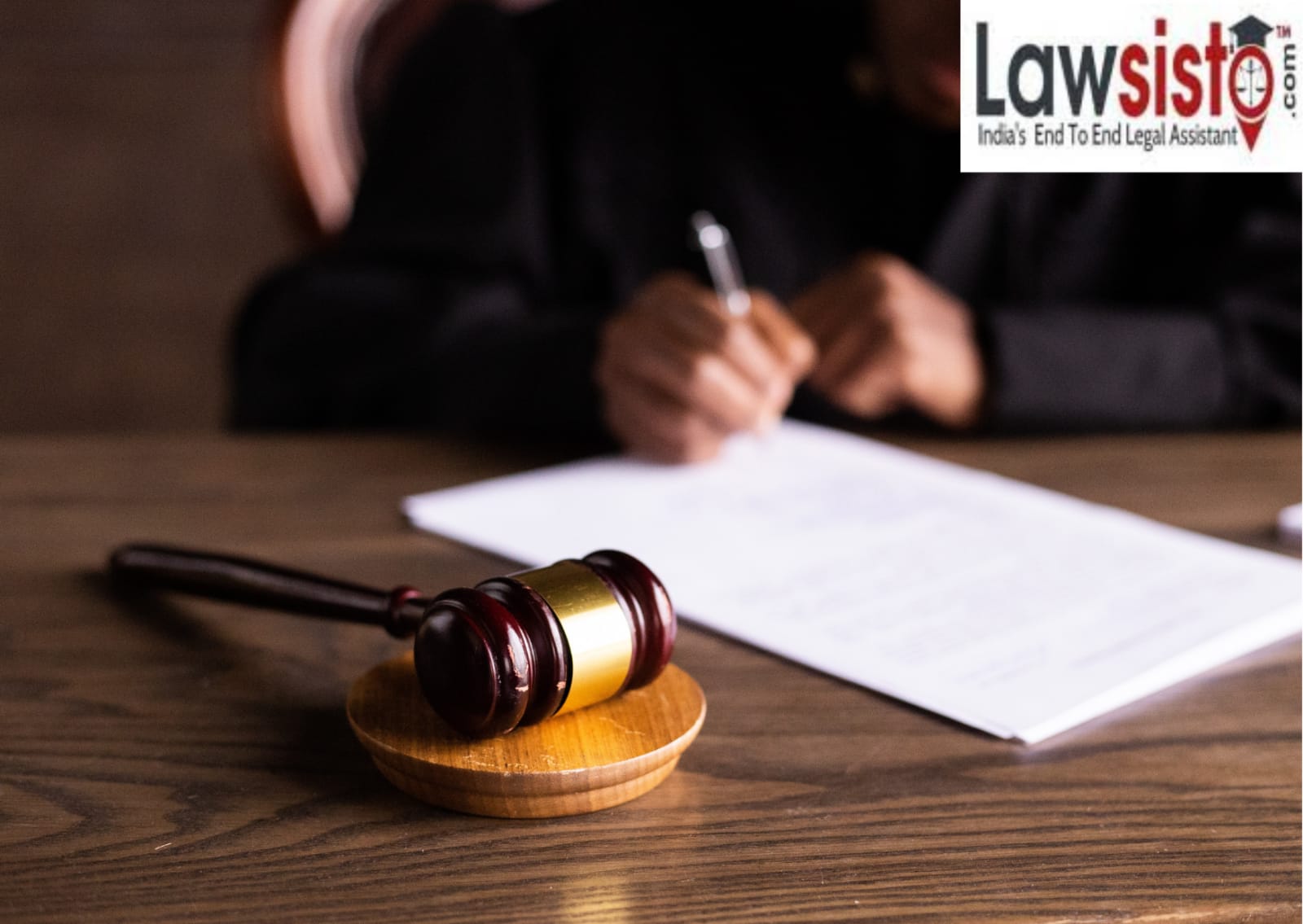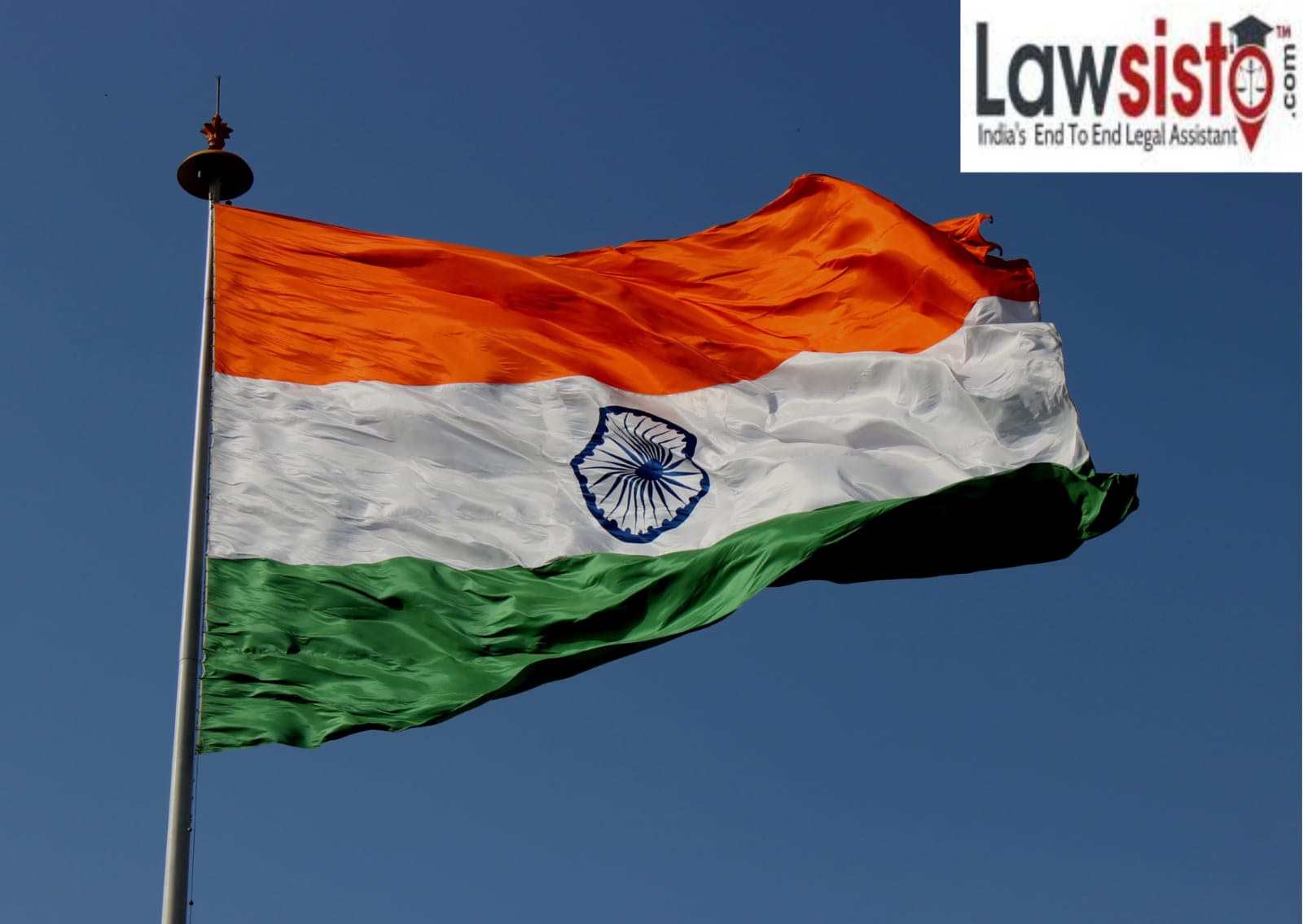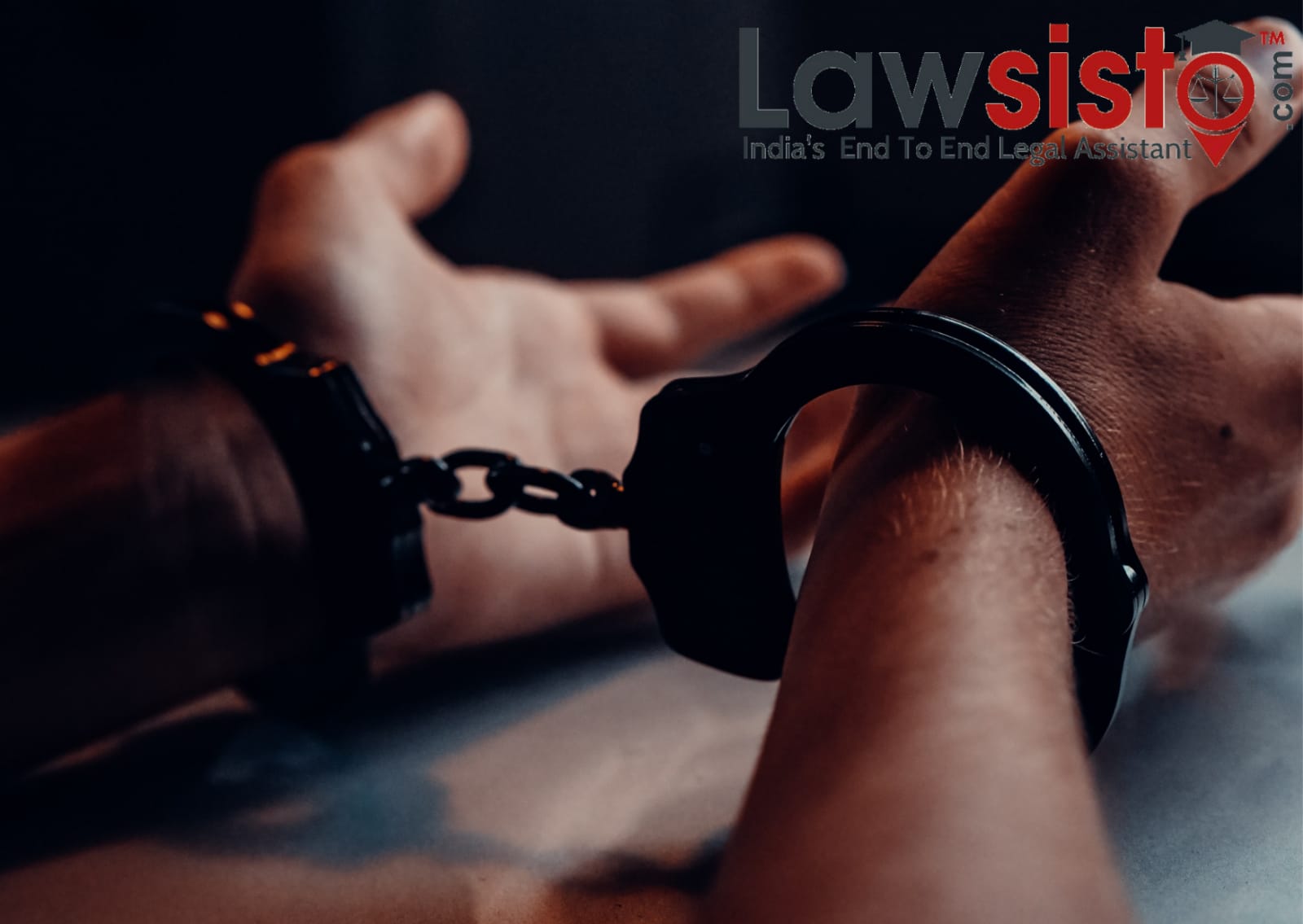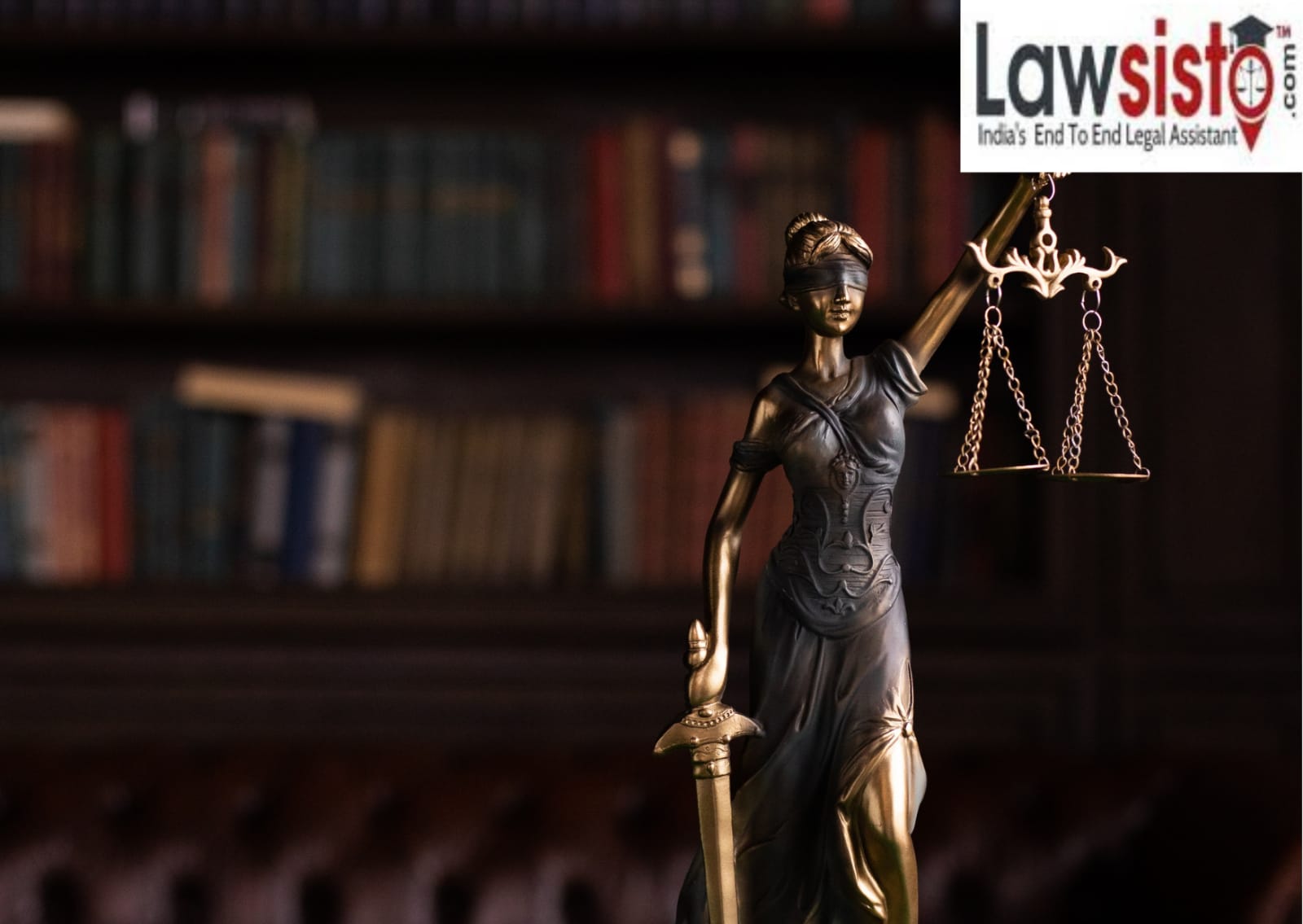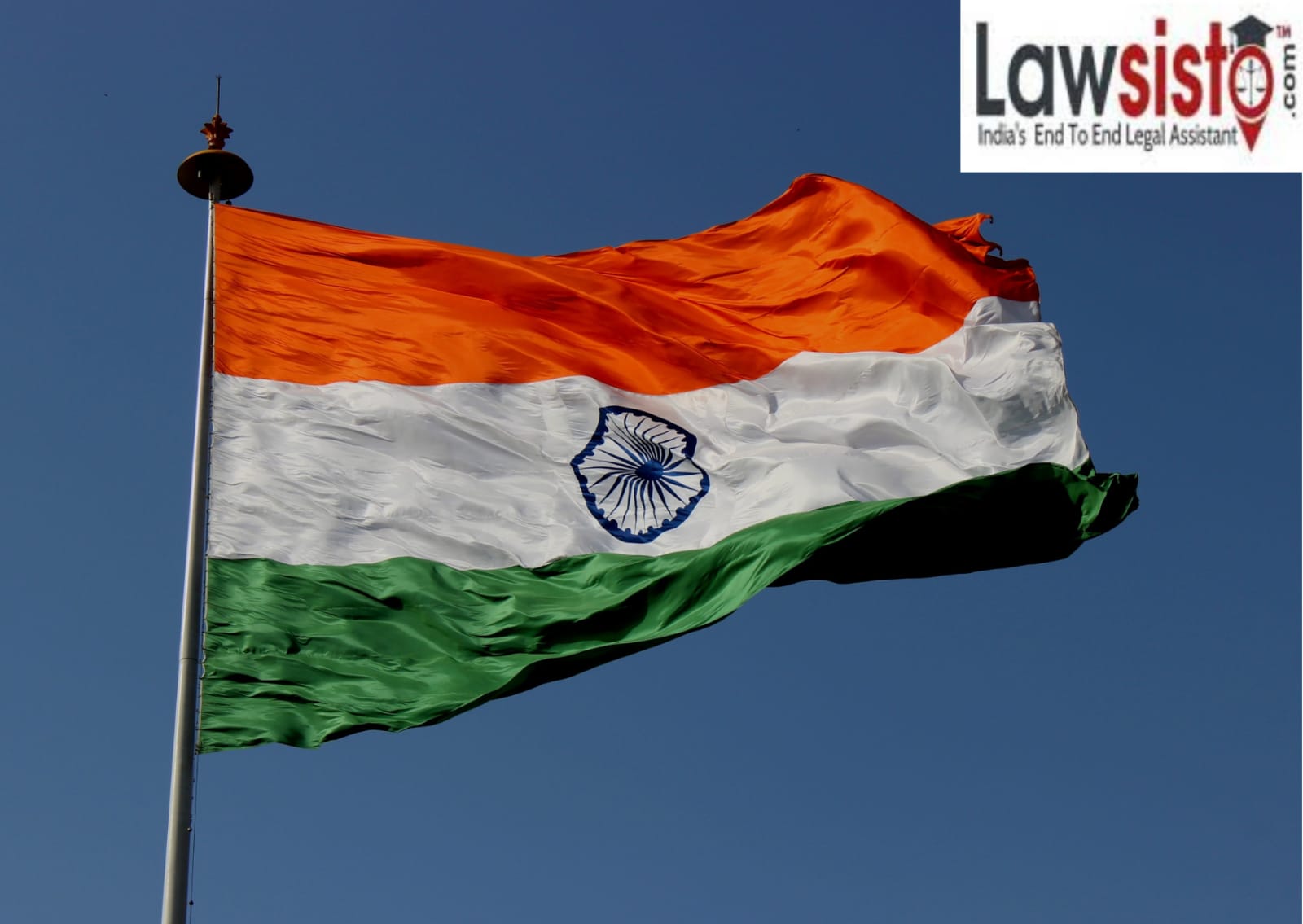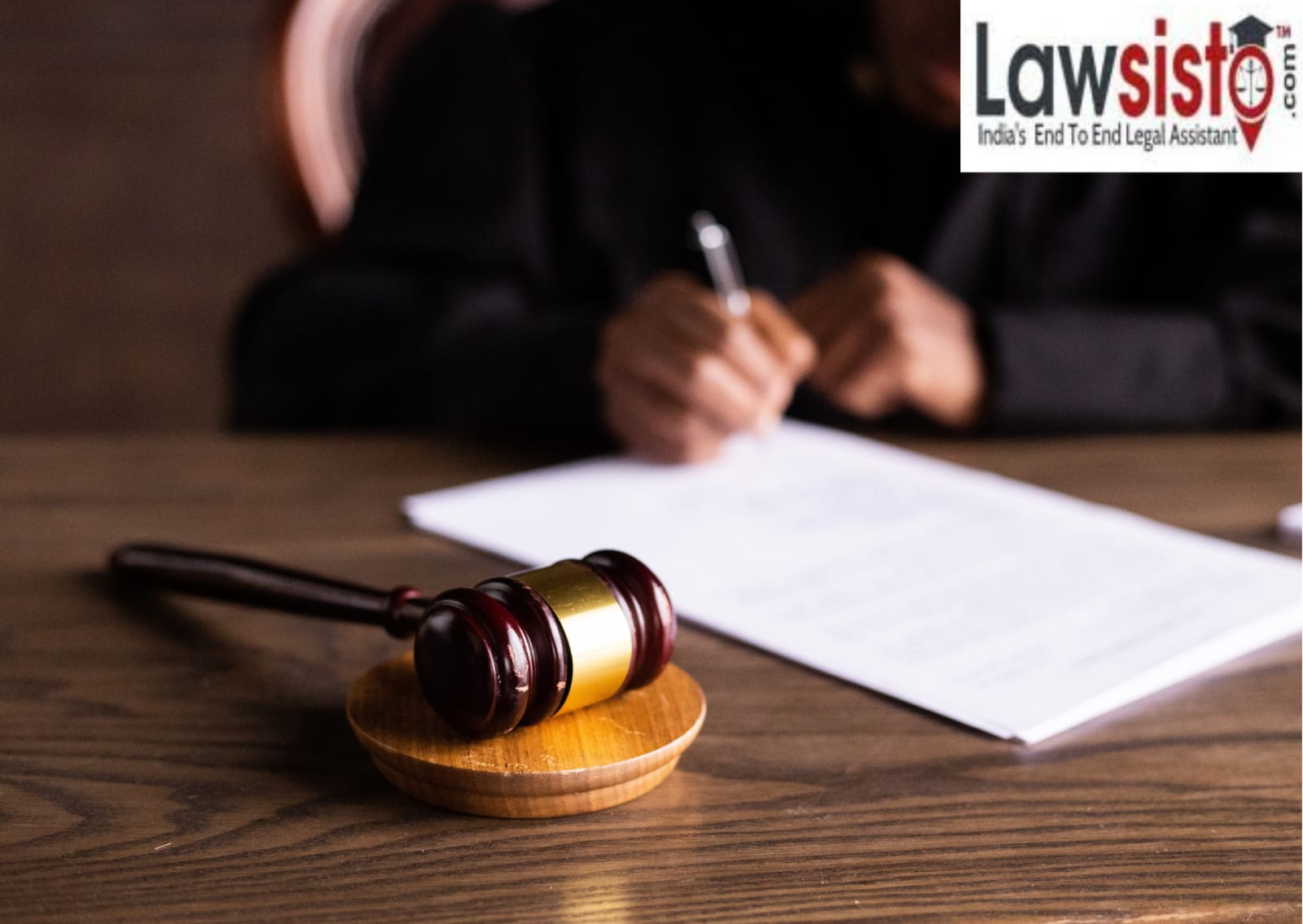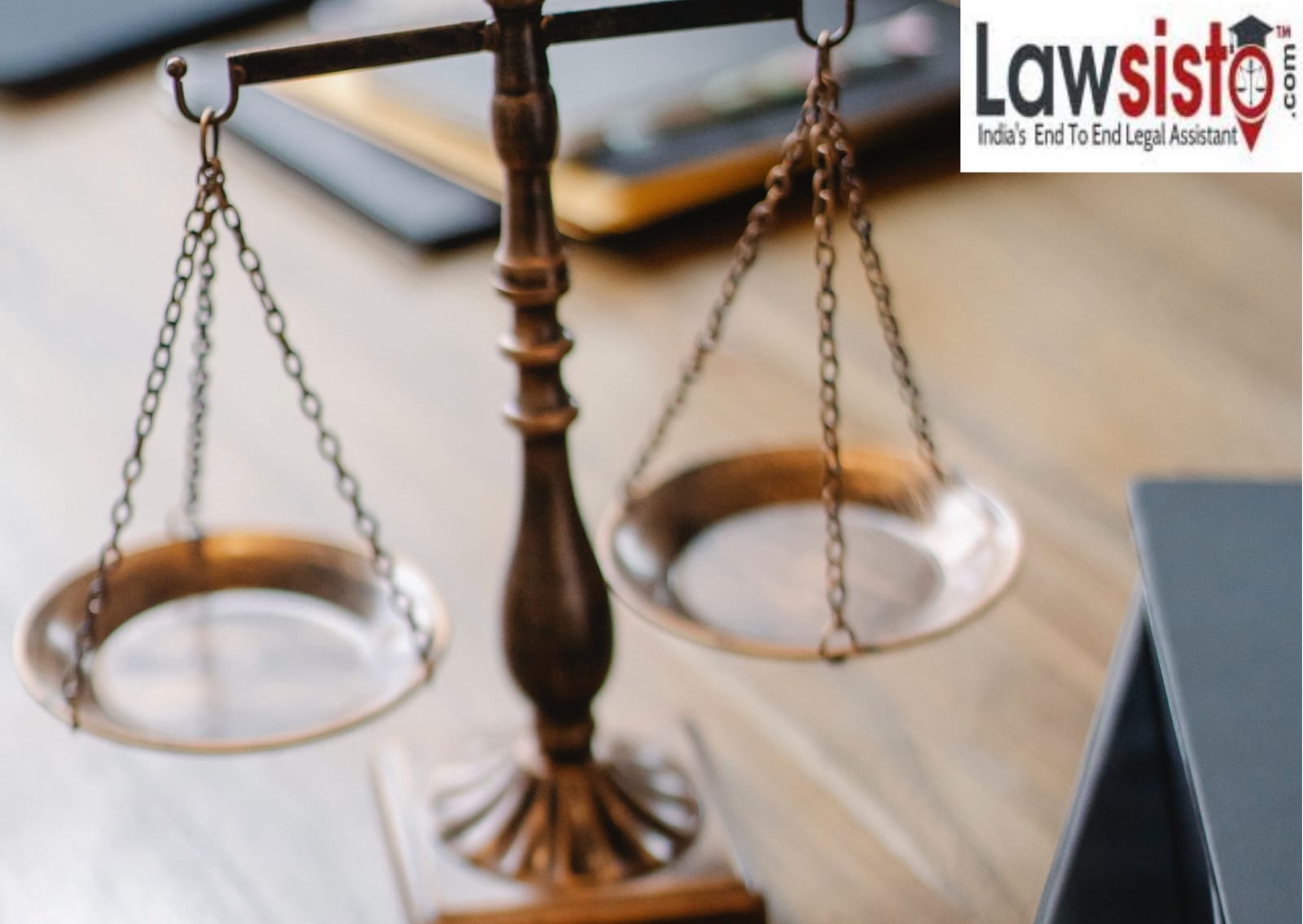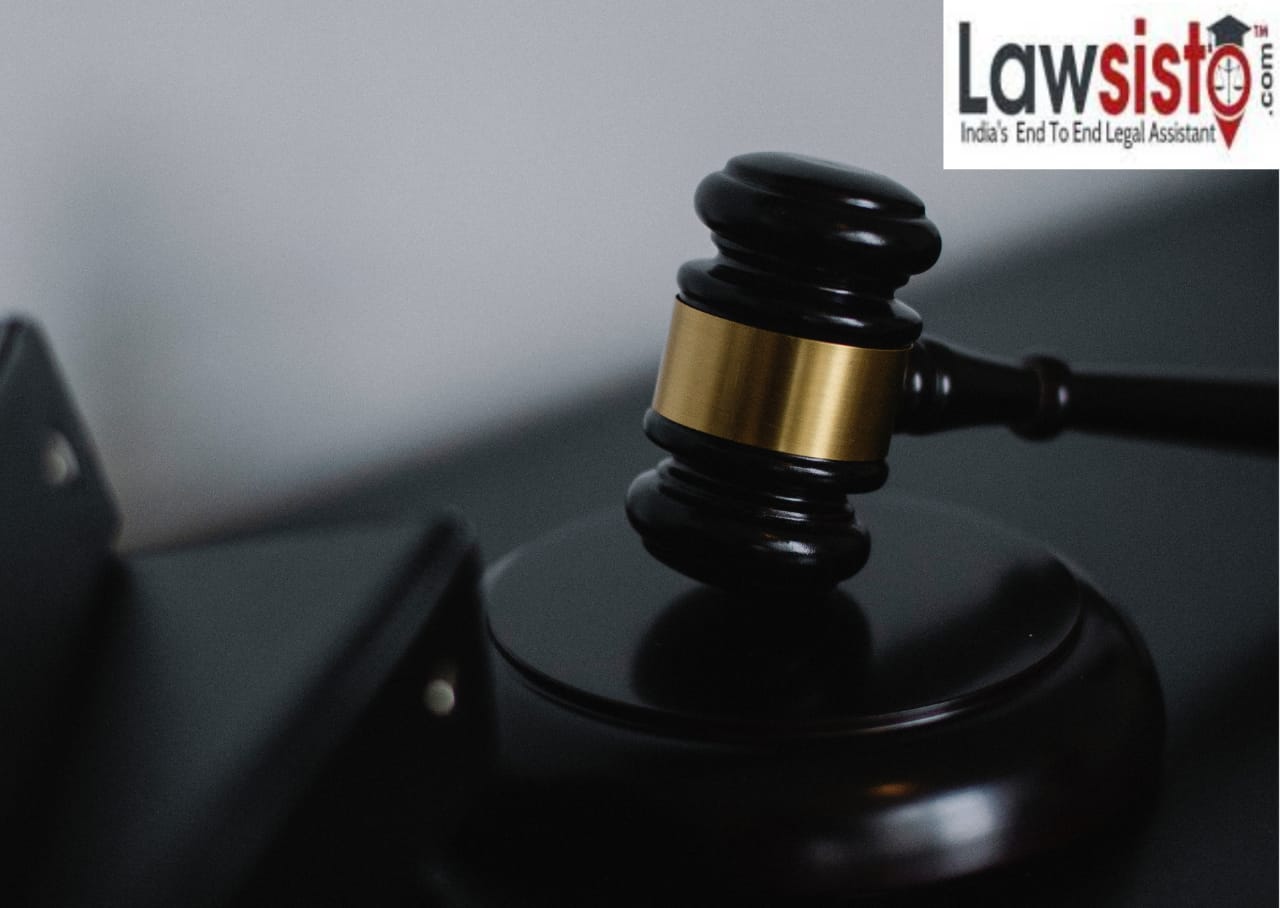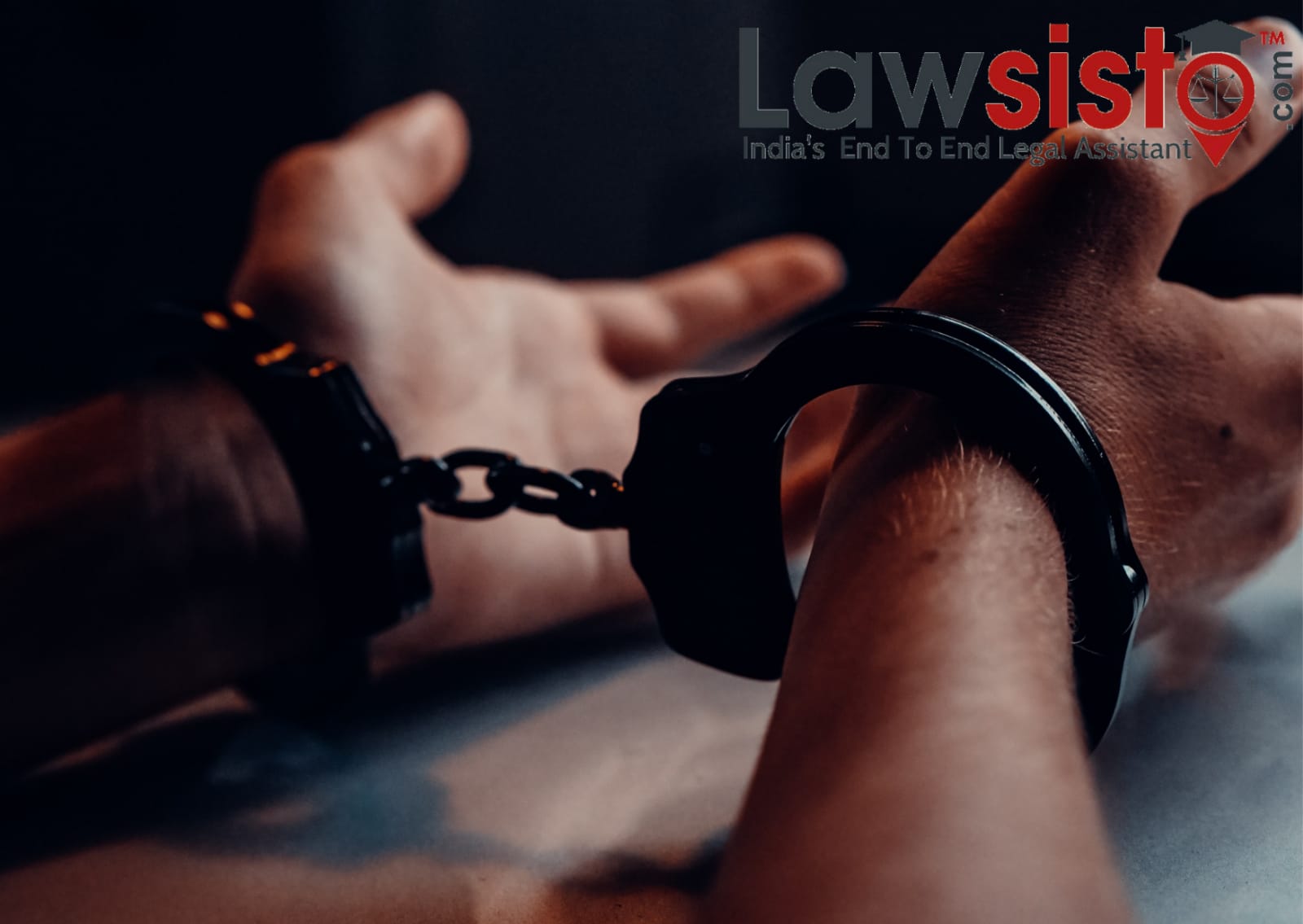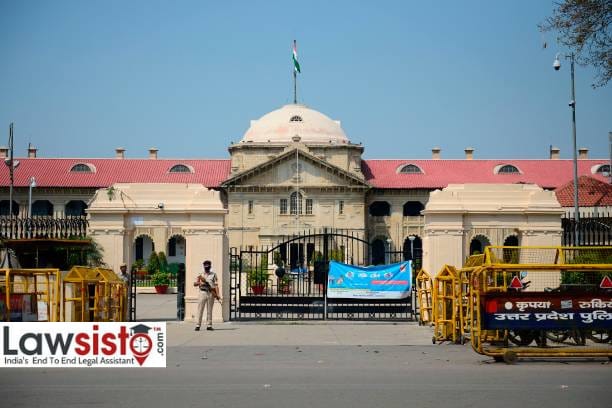Latest News
Order 1 Rule 10 of the Code of Civil Procedure (CPC): Understanding its Significance

Introduction:
The Code of Civil Procedure (CPC) is a comprehensive legislation that governs the procedural aspects of civil litigation in India. Among the various provisions of the CPC, Order 1 Rule 10 holds special importance. This rule pertains to the addition, substitution, or striking out of parties in a civil suit. It lays down the procedure to be followed by the court when a party needs to be added or removed from the suit. In this article, we will delve into the details of Order 1 Rule 10 CPC, exploring its significance and application in the Indian legal system.
Understanding Order 1 Rule 10 CPC:
Order 1 Rule 10 CPC provides the court with the power to implead or remove a party to a civil suit if it deems it necessary for the complete adjudication of the dispute. The rule empowers the court to bring new parties to the suit, either as plaintiffs or defendants or to remove existing parties. It ensures that all necessary parties are before the court so that their rights and interests can be adequately protected and the dispute can be resolved effectively.
Conditions for Addition of Parties:
For the court to exercise its power under Order 1 Rule 10 CPC, certain conditions must be satisfied:
-
Existence of a right to be adjudicated: The court must find that the person seeking to be added as a party has a direct interest or right in the subject matter of the suit. This ensures that only those who have a legitimate stake in the outcome of the case can be added.
-
Absence of prejudice or delay: The addition of a new party should not cause prejudice to the existing parties or unduly delay the proceedings. The court has the discretion to consider the potential impact of the addition on the rights of the existing parties and the expeditious disposal of the case.
-
Jurisdiction and limitation: The court must have jurisdiction over the new party being added, and the claim against them should not be time-barred by the statute of limitations.
Procedure for Addition or Removal:
When an application for the addition or removal of parties is made under Order 1 Rule 10 CPC, the court follows a prescribed procedure:
-
Filing of application: The party seeking addition or removal must apply to the court, stating the reasons and grounds for the request. Relevant documents and evidence should support the application.
-
Notice to other parties: The court issues a notice to the existing parties in the suit, informing them of the application and allowing them to present their objections, if any.
-
Hearing and decision: The court hears the arguments of all concerned parties and examines the case's merits. It considers the factors of necessity, relevance, and expediency in determining whether to allow the addition or removal. The court's decision is based on the principles of fairness and ensuring a complete and effective adjudication of the dispute.
-
Consequences of addition or removal: Once the court allows the addition or removal of parties, the suit proceeds with the newly added parties or continues without the removed parties. The rights and liabilities of the parties are adjusted accordingly, and the court proceeds with the further course of the litigation.
Importance and Significance:
Order 1 Rule 10 CPC plays a crucial role in ensuring that all parties necessary for the effective resolution of a dispute are brought before the court. It promotes fairness, as it allows interested parties to participate in the proceedings and protects their rights. The rule also contributes to the expeditious disposal of cases by preventing multiplicity of litigation and consolidating all relevant issues and claims in a single suit.
